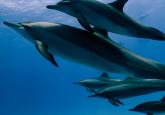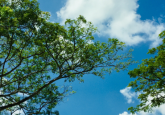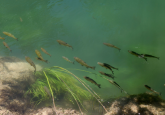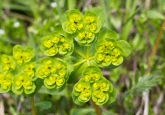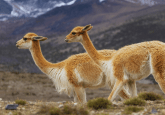Antarctica under attack? Study predicts non-native species most likely to invade the continent
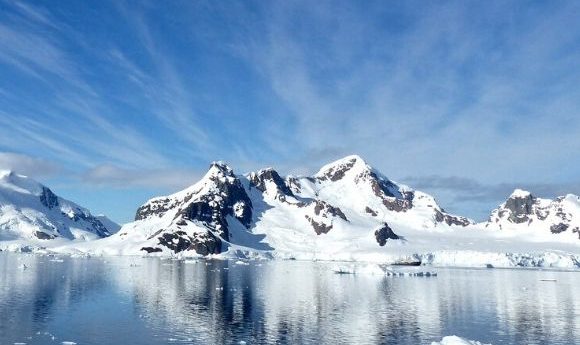
A new study has identified high-risk invasive species, with a high chance of invading and causing damage to the Antarctic region over the next 10 years.
Antarctica remains one of the most pristine environments compared to other regions on earth with very little human impact. However, the area is becoming increasingly vulnerable to invasive marine, freshwater and terrestrial species.
To combat the issue, an international research team, led by the UK Centre for Ecology and Hydrology (Oxfordshire, UK) and the British Antarctic Survey (Cambridge, UK), identified the most dangerous invasive species predicted to arrive in the Antarctic Peninsula region (APR), the most invaded part of the continent, over the next decade.
“The APR is by far the busiest and most visited part of Antarctica due to growing tourism and scientific research activities,” explained Kevin Hughes (British Antarctic Survey), lead author of the study. “Non-native species can be transported to Antarctica by many different means. Visitors can carry seeds and non-sterile soil attached to their clothing and footwear. Imported cargo, vehicles and fresh food supplies can hide species, including insects, plants and even rats and mice. Marine species present a particular problem as they can be transported to Antarctica attached to ship hulls. They can be very difficult to remove once established.”
In a new study, published recently in Global Change Biology, the researchers identified 103 species, currently absent in the APR, they considered relevant for review. After studying these species in more detail, 13 were identified as presenting a high risk for invading the APR and have potentially devastating impacts on the fragile biological communities present in the area.
- A global temperature increase of 2 degrees could cause Arctic sea ice to disappear
- Are environmental threats sufficiently portrayed in nature documentaries?
- Spatial memory may determine mule deer migration routes
Marine invertebrates, such as crabs and mussels, were identified as the highest risk invasive species, with flowering plants and terrestrial invertebrates, such as mites, also represented high on the list. On the other hand, vertebrate species were thought unlikely to establish in the APR in the next 10 years, despite the fact that some sub-Antarctic islands have already been invaded by rodents.
“We think the conditions in the Antarctic Peninsula region will remain too extreme to allow rodents to colonize outside,” remarked study coauthor Helen Roy (UK Centre for Ecology and Hydrology). “However, rats and mice could survive by hiding within research station buildings, so everyone needs to remain vigilant for droppings and gnaw marks.”
Considering the results of the study, the researchers recommended further development and application of biosecurity in the APR, including surveillance for the high-risk species. They also recommended the application of this methodology across other regions of the Antarctica to evaluate high risk invasive species.
“It is critical to ensure that comprehensive biosecurity checks are implemented by all visitors coming to the area to prevent invasive non-native species getting to Antarctica in the first place. Only then will we be able to reduce the risks and protect the amazing, but vulnerable Antarctic ecological communities from the threat of invasive non-native species,” Roy concluded.
